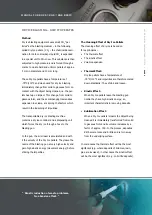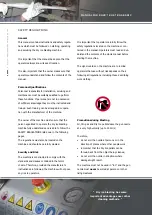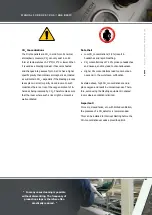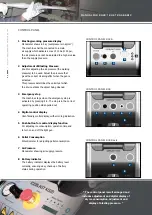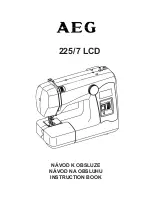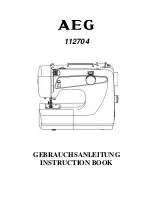
MANUAL for kg20 kg6 kg6 bAsic
dr
y
ic
e
bl
a
sting
eq
uipm
ent
fro
m
icetech
|
P
A
ge
“ Drastic reduction of waste problems.
No abrasive effect. ”
DrY ice bLAsTiNg – HoW iT oPerATes
Method
dry ice blasting equipment uses small co
2
”par-
ticles” as the blasting medium – in the following
called dry ice pellets. (co
2
– the chemical denomi-
nation for carbon dioxide). liquid co
2
is expanded
in a special unit to co
2
snow. this substance is then
subjected to high pressure and is forced through a
matrix to create hard and uniform pellets of approx.
3 mm in diameter and 10 mm long.
these dry ice pellets have a temperature of
-79°c/110°f and when used for dry ice blasting
immediately change from solid to gaseous form on
contact with the object being cleaned, i.e. the pel-
lets heat up on impact. this change, from solid to
gaseous form, and the accompanying tremendous
expansion in volume, are among the factors which
result in the loosening of impurities.
the transportable dry ice blasting machine
contains a dry ice container and a dispensing unit
which forces the dry ice through a hose to the
blasting gun.
in the gun, the air stream is accelerated and with
it the velocity of the dry ice pellets. they leave the
nozzle of the blasting gun at very high velocity and
gain high kinetic energy (movement energy) before
striking the impurities.
The cleaning effect of Dry ice Pellets
the cleaning effect of dry ice is based on
three principles –
• the thermal effect
• the kinetic effect
• Volume expansion
•
Thermal effect:
dry ice pellets have a temperature of
-79°c/110°f and impurities are therefore cooled
down drastically: they shrink and loosen.
•
kinetic effect:
When dry ice pellets leave the blasting gun
nozzle they have high kinetic energy; an
important characteristic in removing deposits.
•
sublimation effect:
When a dry ice pellets impacts the object being
cleaned it is immediately transformed from solid
to gaseous form and its volume increases by a
factor of approx. 700. in the process, deposited
dirt become loose and brittle and is torn away
from the underlying surface.
in some cases the thermal effect will be the most
significant
(e.g. where
deposits
of
bitumen,
resin,
glue are involved), in other cases the kinetic effect
will be
the
most
significant
(e.g. on
brittle
deposits).




